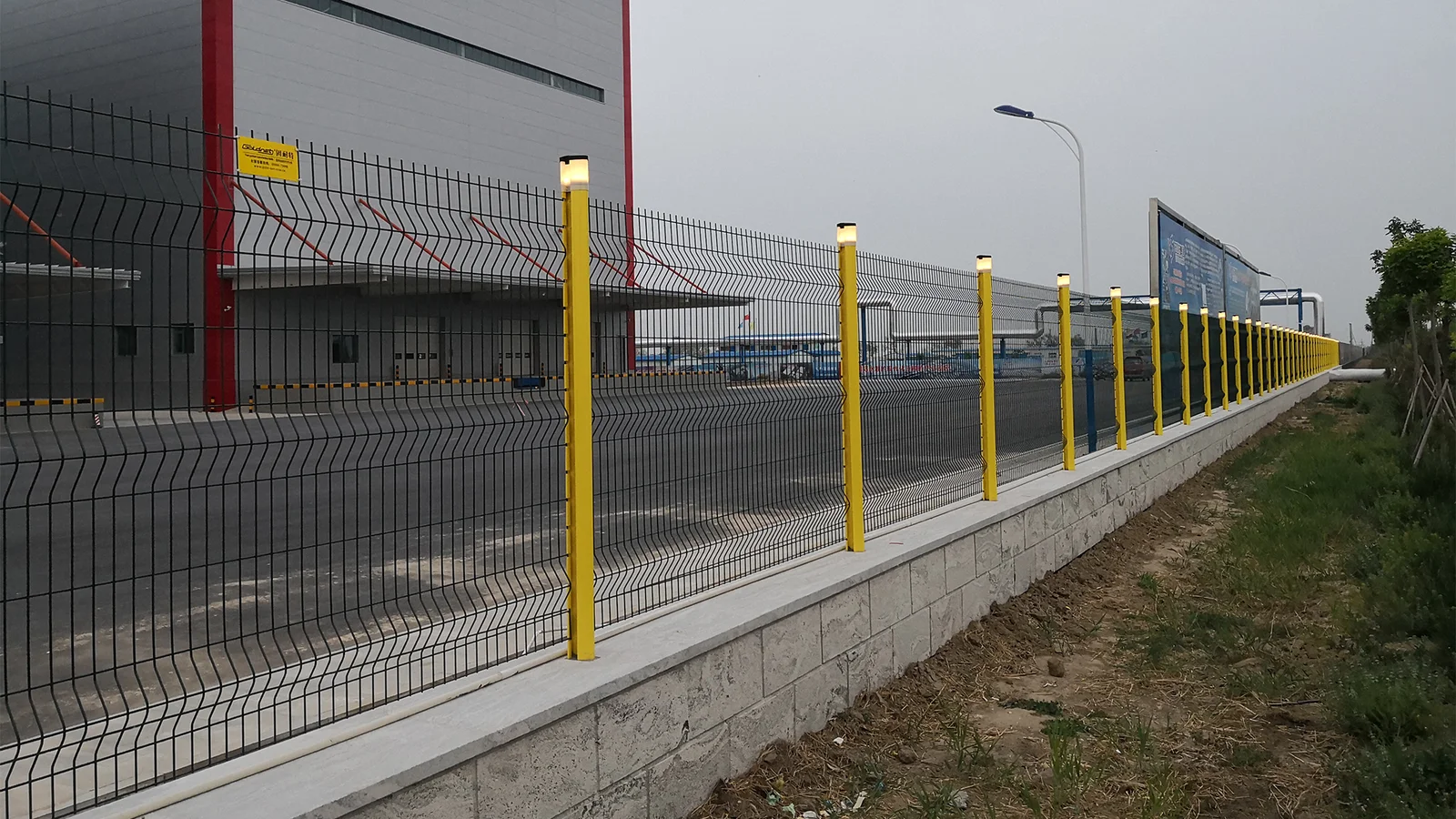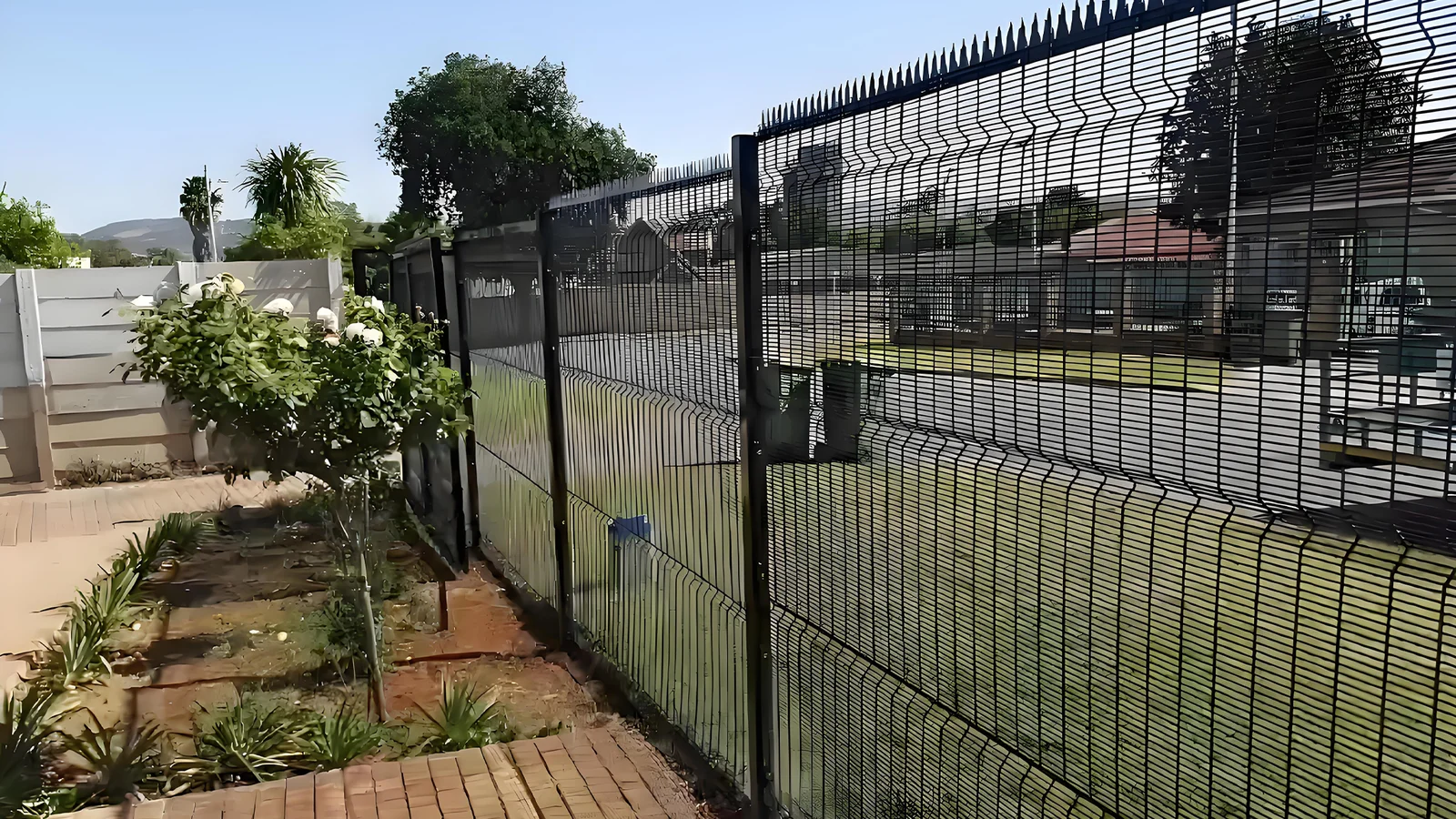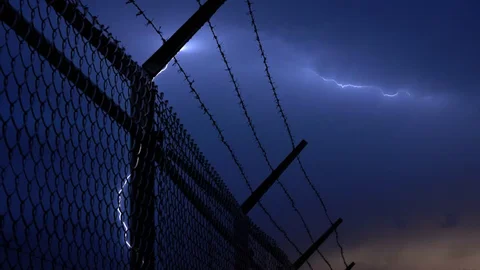Identifying Fencing Requirements
Determining appropriate fencing needs poses significant challenges for many property owners. Various factors contribute to the complexities of this decision-making process, including the property’s purpose, environmental conditions, and the intended use of the fence. For instance, a residential property may require a different approach than a commercial or industrial site, where security measures are paramount. Thus, understanding the unique context in which a fence will be utilized is essential.
One common issue encountered by property owners is a lack of expertise in assessing their fencing requirements adequately. Many individuals may not have the professional knowledge necessary to navigate the intricacies involved in selecting suitable fencing types, materials, and installation techniques. Just as a medical professional conducts a thorough examination to diagnose a patient, a professional fencing consultant provides an essential service in evaluating the client’s specific needs. Without this expertise, property owners run the risk of making ill-informed decisions that may lead to inadequate security or aesthetic concerns.
Additionally, economic factors can influence fencing choices, pushing property owners toward cheaper, less effective options that do not address their unique challenges. For example, while budget constraints are legitimate, overlooking quality and suitability can result in long-term costs due to repairs or replacements. Therefore, it is vital for property owners to conduct a comprehensive assessment of their fencing situation, taking into account their personal requirements, safety concerns, and environmental influences.
To achieve the desired results, engaging a professional fencing engineer or consultant can provide valuable insights. Such experts can identify potential challenges, recommend appropriate solutions, and ensure that the final fencing installation aligns with the property’s objectives. Proper evaluation and consultation not only facilitate informed decisions but also contribute to enhanced functionality and security of the fencing system.
The Role of a Professional Fencing Engineer
Professional fencing engineers play a crucial role in addressing the diverse needs and challenges property owners face regarding fencing solutions. Much like detectives, these professionals meticulously examine the situation at hand, considering various factors before recommending appropriate fencing options. This diagnostic process entails a thorough evaluation of the property, which allows the engineer to gather essential information that will inform their recommendations.
When a fencing engineer approaches a project, they begin by assessing the specific security requirements of the property. Each property owner may have unique concerns depending on the location, type of property, and potential threats. By evaluating these nuances, the fencing engineer can recommend security measures that align with the client’s needs, ensuring that the proposed fencing solutions provide the desired level of protection.
Environmental factors are equally important in the fencing consultation process. A professional fencing engineer considers aspects such as local weather conditions, soil types, and vegetation. For example, properties in high-wind areas may require more robust fencing materials to withstand harsh conditions, while those near coastal regions may need corrosion-resistant options. By understanding these environmental factors, the engineer can propose a durable fencing solution tailored to the specific context.
Additionally, aesthetic preferences are a significant consideration. Many clients wish to enhance their property’s visual appeal while maintaining functionality. A professional fencing engineer engages with clients to understand their design preferences, budget constraints, and property layout. Questions might include inquiries about preferred materials, colors, and styles that align with the existing landscape. This collaborative approach ensures that the resulting fencing solution is both practical and visually pleasing, thereby satisfying the owner’s desires.
Choosing the Right Materials for Industrial Fencing
When undertaking any industrial fencing project, the selection of appropriate materials is paramount. The right materials not only contribute to the structural integrity of the fencing but also play a significant role in ensuring safety and durability over time. In many industrial applications, stronger materials such as galvanized metal and steel are favored due to their remarkable resistance to wear and environmental factors.
One highly regarded option in the realm of industrial fencing is 358 fencing, commonly referred to as prison mesh. This type of fencing is composed of a robust welded wire construction and is renowned for its strength and security features. The design minimizes the risk of climbing and provides exceptional visibility. Its heavy after-galvanization ensures protection against corrosion, making it an ideal choice for long-term investment in safety and security.
Another material worth considering is ClearVu or Clearview fencing. This fencing solution utilizes a unique flat panel design that is both aesthetically pleasing and highly durable. ClearVu fencing is often employed in situations where visibility is essential, such as around sensitive facilities or high-value properties. Its strength and the use of powder coating further enhance its resilience against harsh weather conditions.
Cyclone chain link fences are also popular in various industrial settings thanks to their cost-effectiveness and adaptability. They can be customized in terms of height and thickness, depending on the security needs of the property. Furthermore, the addition of barbed wire coils to the top of these fences can deter unauthorized access significantly.
Lastly, British Reinforced Concrete (BRC) roll top fences offer a distinctive combination of strength and design. They are constructed with additional rolling at the top for enhanced safety and are highly durable due to the galvanized finish. The longevity associated with these materials, alongside features like powder coating, contributes to their effectiveness as long-term fencing solutions in industrial environments.
Implementing Effective Fencing Solutions
Once property owners have selected the appropriate materials and designs for their fencing, the next step involves implementing those fencing solutions effectively. One key consideration is the installation technique, as this can greatly affect the long-term durability and functionality of the fence. A professional installation typically entails a thorough site assessment, precise measurements, and adherence to any local regulations or zoning laws that govern fence installation. These regulations may dictate height limits, design specifications, and required permits, which can vary significantly depending on the jurisdiction.
In addition to regulatory compliance, property owners must consider the maintenance practices necessary to keep the fence in optimal condition. Different materials require varying levels of upkeep; for instance, wooden fences may need regular sealing or staining, while vinyl fences can often be maintained with simple cleaning. Investing in high-quality fencing solutions will reduce the need for excessive maintenance and prolong the lifespan of the installation.
When comparing professional installation to DIY methods, the advantages of leveraging professional expertise become evident. Professionals possess the knowledge and experience to handle unexpected challenges during installation, ensuring that the fence is erected correctly and efficiently. Improper installation not only jeopardizes the structural integrity of the fence but may also result in costly repairs later on. Additionally, professional installers typically offer warranties for their work, providing peace of mind that the fencing solutions will be effective and last for years.
Ultimately, investing in professional consultation and installation methods will enhance the overall quality of fencing solutions. Property owners are encouraged to seek out experienced professionals who can guide them through the process, helping to ensure that their fencing needs are met with both practicality and aesthetics in mind.











